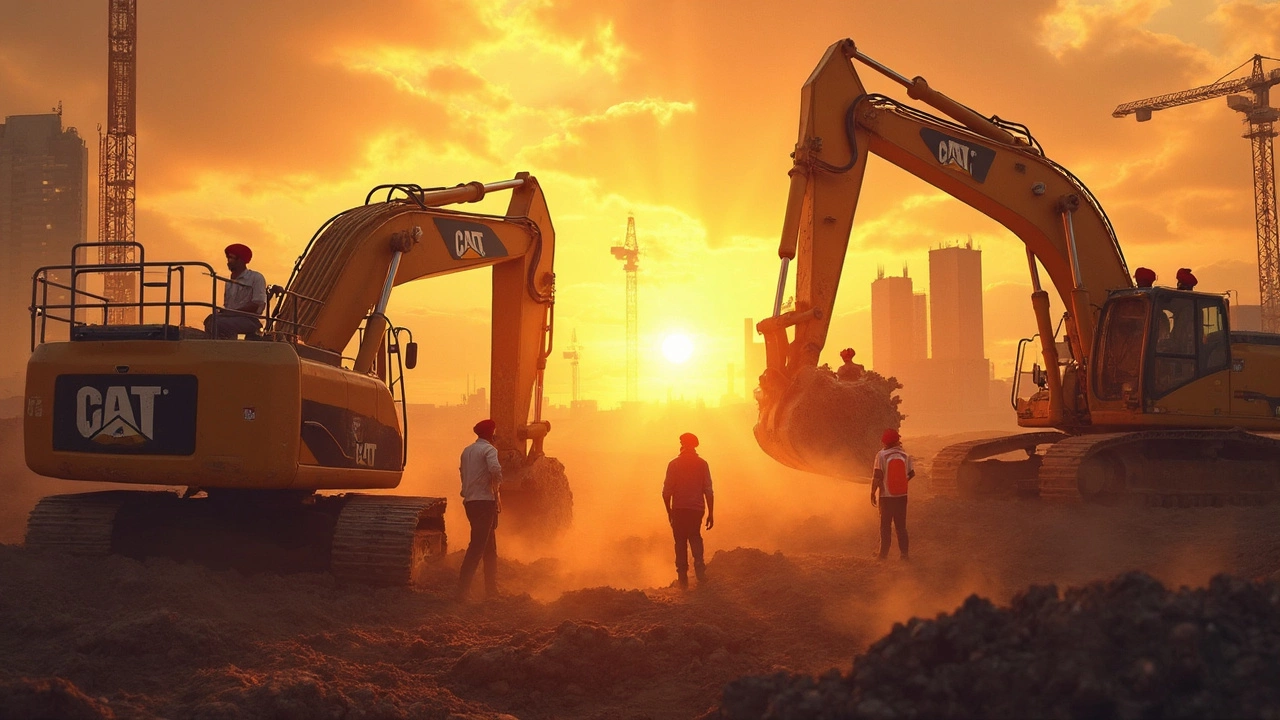Heavy Equipment: What’s Moving the Industry Forward?
Whether you run a construction site, a mining operation, or a large factory, heavy equipment is the backbone of your work. It’s not just about big machines; it’s about getting the right tool for the job, keeping it running safely, and staying on top of market changes. In this guide, we break down the most useful info you need right now.
Key Trends Shaping Heavy Equipment Today
First up, technology is changing the game. Telemetry, GPS tracking, and automated controls let you monitor fuel use, maintenance needs, and operator performance from a phone. That means less downtime and lower costs. At the same time, manufacturers are rolling out greener engines that meet stricter emission rules, especially in India where BS6 standards are now the norm.
Another big shift is the rise of modular equipment. Instead of buying a whole new excavator, you can add or swap attachments – a bucket, a hammer, a grapple – as the job changes. This flexibility helps smaller contractors compete with bigger firms and reduces the total spend on machinery.
Supply chain hiccups have also forced buyers to think locally. Indian makers are stepping up, offering machines built to meet Indian terrain and climate. Buying domestically cuts shipping time and can give you faster access to spare parts, which is a huge win when a breakdown threatens a deadline.
How to Choose the Right Heavy Equipment for Your Project
Start with the job’s core requirements. List the tasks – digging, lifting, grading – and match them to machines that excel at each. Don’t overbuy a massive excavator for a shallow trench; a smaller backhoe could do the work cheaper and faster.
Next, calculate the total cost of ownership. Look beyond the purchase price. Fuel consumption, maintenance intervals, and resale value all add up. For many businesses, leasing or a pay‑per‑hour model makes more sense, especially when you need a machine only for a short phase.Check the support network. A dealer that offers quick parts delivery and trained technicians can save you days of lost productivity. Ask about training programs for operators – safe, skilled crews keep equipment alive longer.
Finally, compare fuel types and emissions. Diesel engines are still common, but many manufacturers now offer hybrid or electric models. Even if the upfront cost is higher, lower fuel bills and compliance with local regulations can make them the smarter long‑term choice.
By keeping these points in mind, you can pick equipment that fits your budget, meets safety standards, and stays reliable throughout the project. The heavy equipment market is constantly evolving, so staying informed helps you make smarter decisions and keep your work moving forward.

Caterpillar vs Komatsu: Which Industrial Giant is Bigger?
Curious about whether Caterpillar or Komatsu holds the bigger spot in the heavy machinery game? This article digs into their global reach, sales numbers, and influence in India. Get the facts straight on who dominates the industry, how they compare in size, and what makes each one unique. Useful tips and insights included for buyers, industry folks, and anyone interested in construction equipment. If you want to know which brand to bet on, keep reading.
